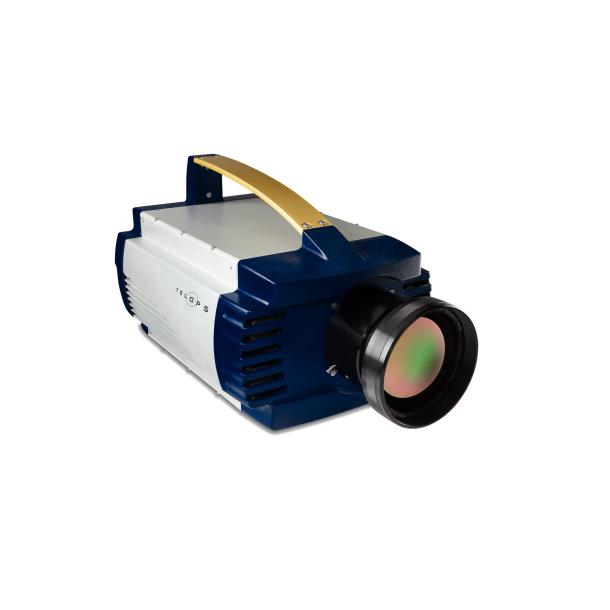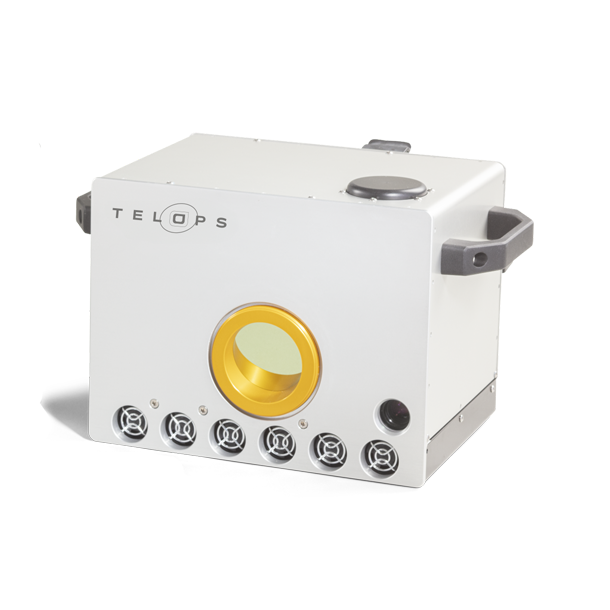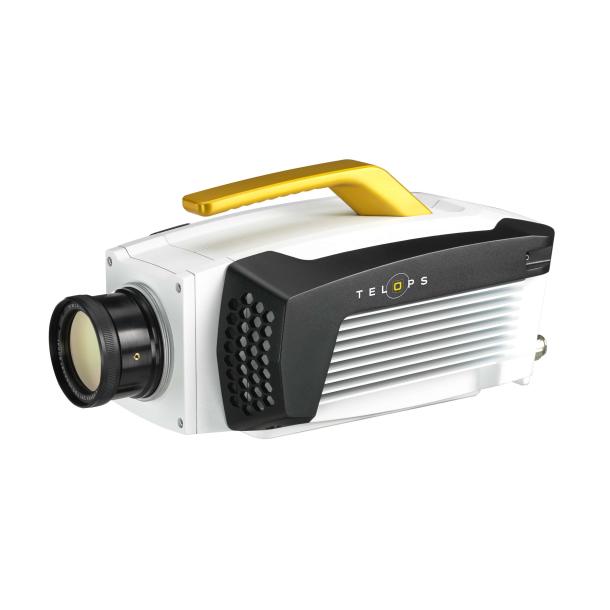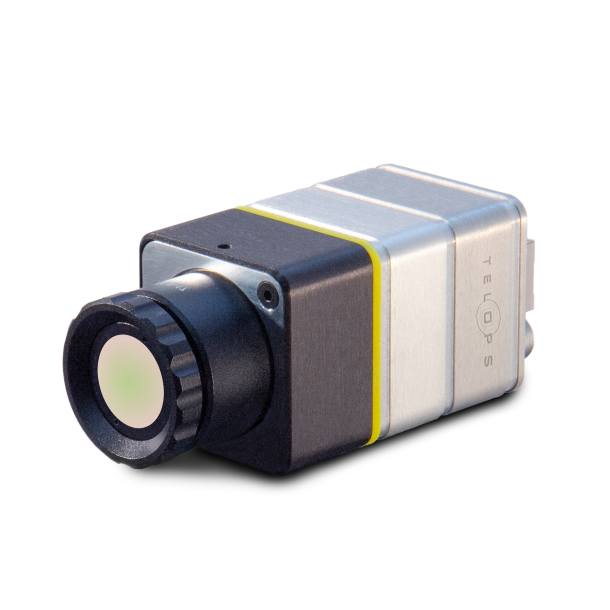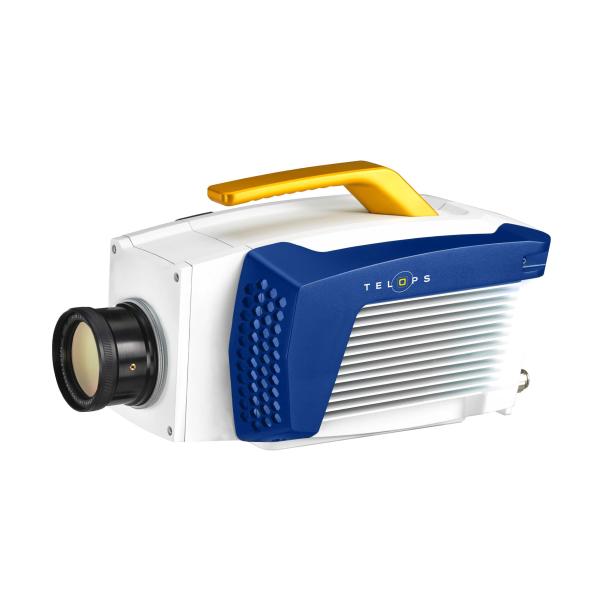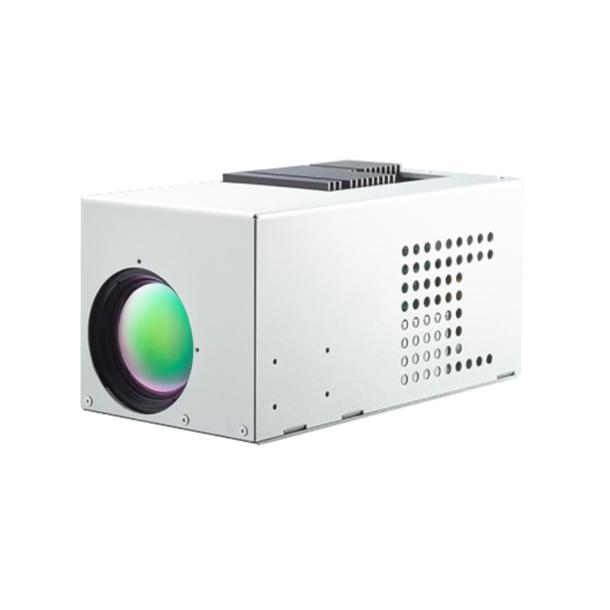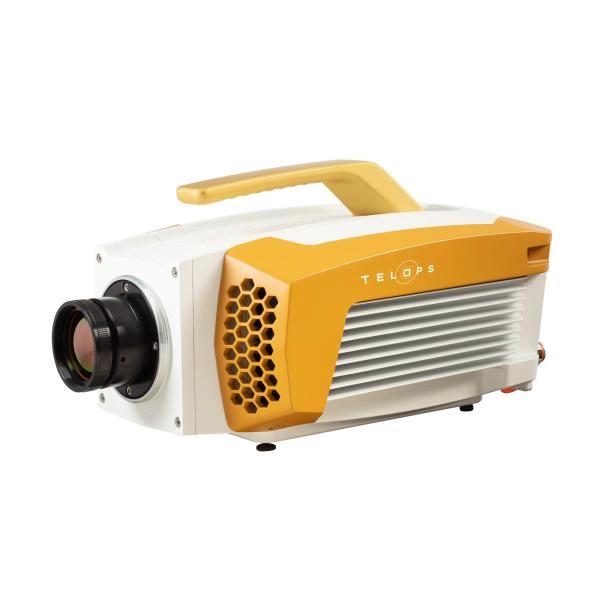
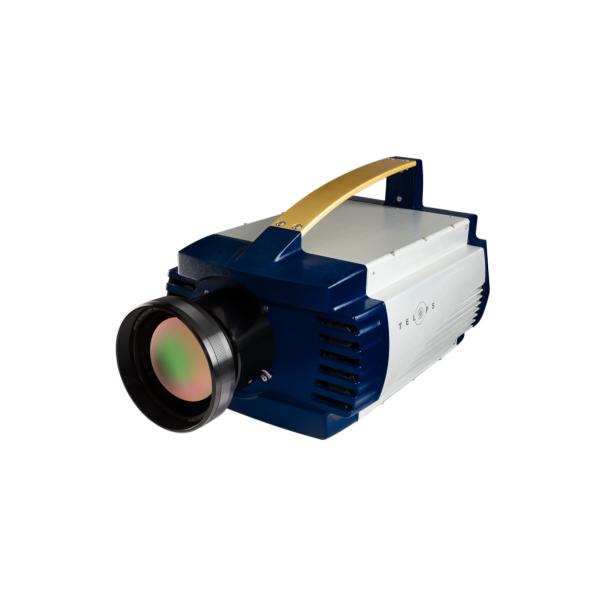
Multispectral Cameras
The Telops multispectral infrared cameras allows the scene to be split into eight different spectral bands rather than only one broadband image, thus enabling spectral signature analysis.
Multispectral Cameras
Contact sales or request a quote
Contact us
Description
The Telops multispectral infrared cameras are equipped with an 8-position fast-rotating filter wheel, which allows the scene signal to be split into different spectral bands rather than one broadband image, thus enabling spectral signature analysis. The filter wheel mechanism is designed to maximize the cameras’ frame rate and can be used in either fixed or rotating mode. Rotating speed is adjustable up to 100 Hz per filter, thus allowing a frame rate up to 800 fps in synchronised mode.
Technical Information
Midwave Series (SWIR) | |||||||
|---|---|---|---|---|---|---|---|
| Spectral range (µm) | Detector Type | Maximum Full Frame Rate (Hz) | Maximum Frame Rate in Subwindow (Hz) | Spatial Resolution (px) | Pixel Size (µm) | Number of Filters | |
| 1.5 - 5.4 | InSb | 105 | 2900 | 1280 x 1024 | 15 | 8 | |
| 3 - 5 (Opt.) | InSb | 105 | 2900 | 1280 x 1024 | 15 | 8 | |
| 1.5 - 5.4 | InSb | 1012 | 40000 | 640 x 512 | 25 | 8 | |
| 3.0 - 5.0 (Opt.) | InSb | 1012 | 40000 | 640 x 512 | 25 | 8 | |
| 1.5 - 5.4 | InSb | 1500 | 42000 | 640 x 512 | 25 | 8 | |
| 1.5 - 5.4 | InSb | 355 | 4980 | 640 x 512 | 15 | 8 | |
| 3.0 - 5.0 (Opt.) | InSb | 355 | 4980 | 640 x 512 | 15 | 8 | |
| 1.5 - 5.4 | InSb | 3100 | 100000 | 320 x 256 | 30 | 8 | |
| 3.0 - 5.0 (Opt.) | InSb | 3100 | 100000 | 320 x 256 | 30 | 8 | |
Longwave and very Long Wave Series (LWIR) | |||||||
|---|---|---|---|---|---|---|---|
| Spectral range (µm) | Detector Type | Maximum Full Frame Rate (Hz) | Maximum Frame Rate in Subwindow (Hz) | Spatial Resolution (px) | Pixel Size (µm) | Number of Filters | |
| 7.5 - 11.5 | SLS | 1012 | 40000 | 640 x 512 | 25 | 8 | |
| 7.5 - 11.5 | SLS | 345 | 14000 | 320 x 256 | 30 | 8 | |
